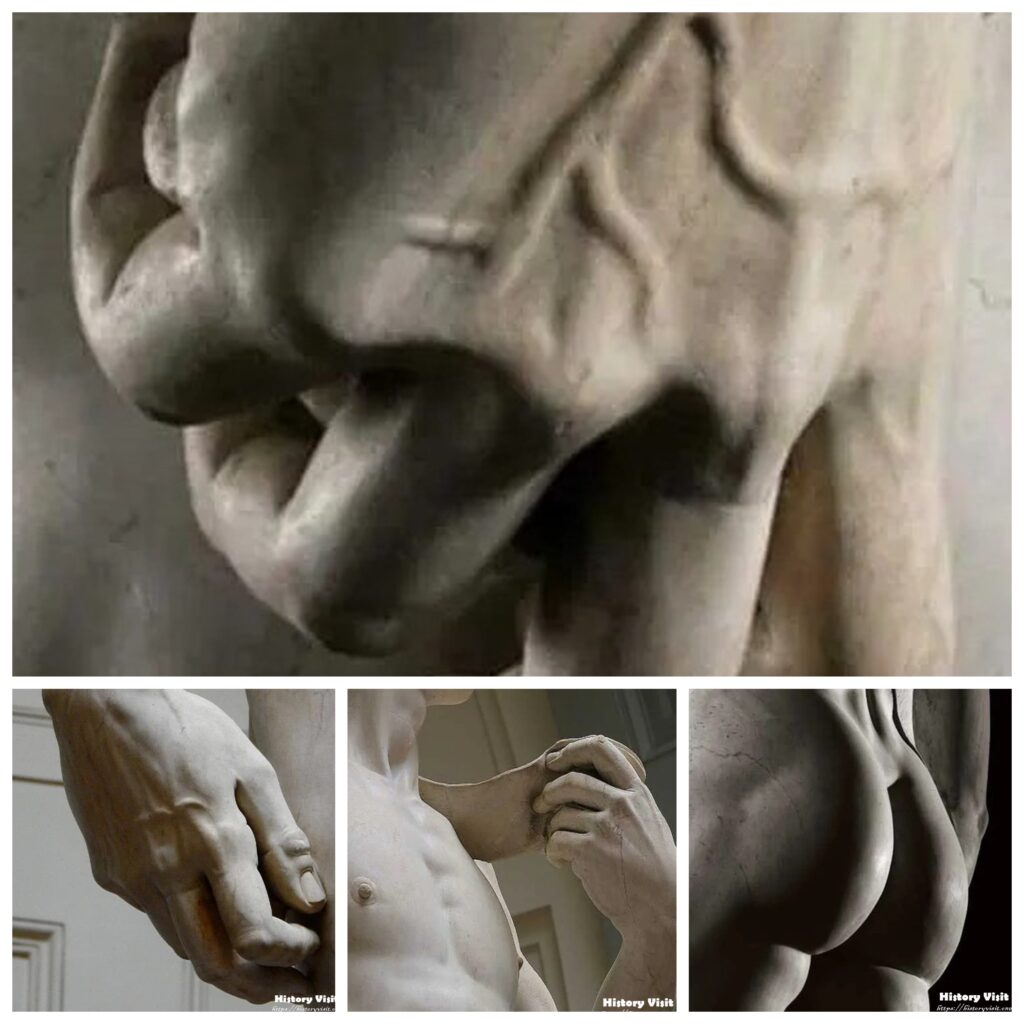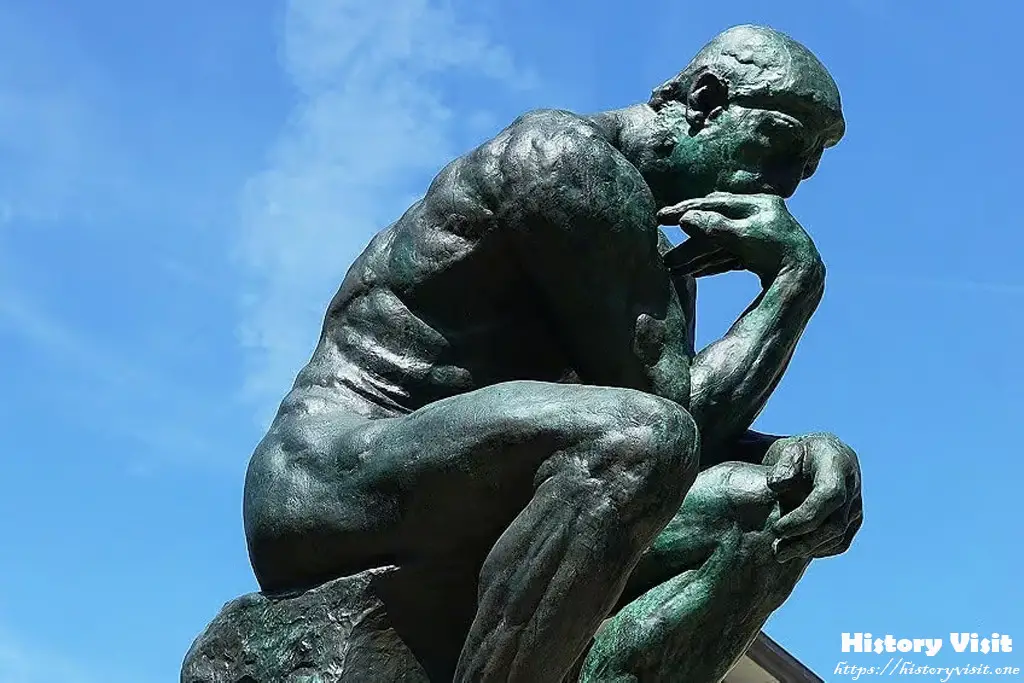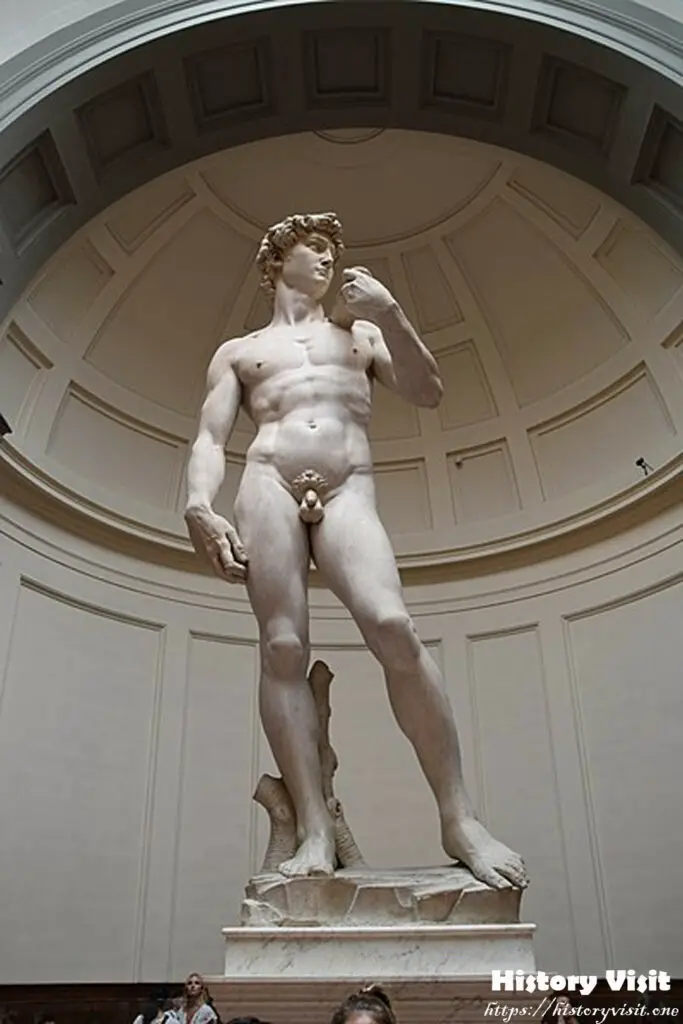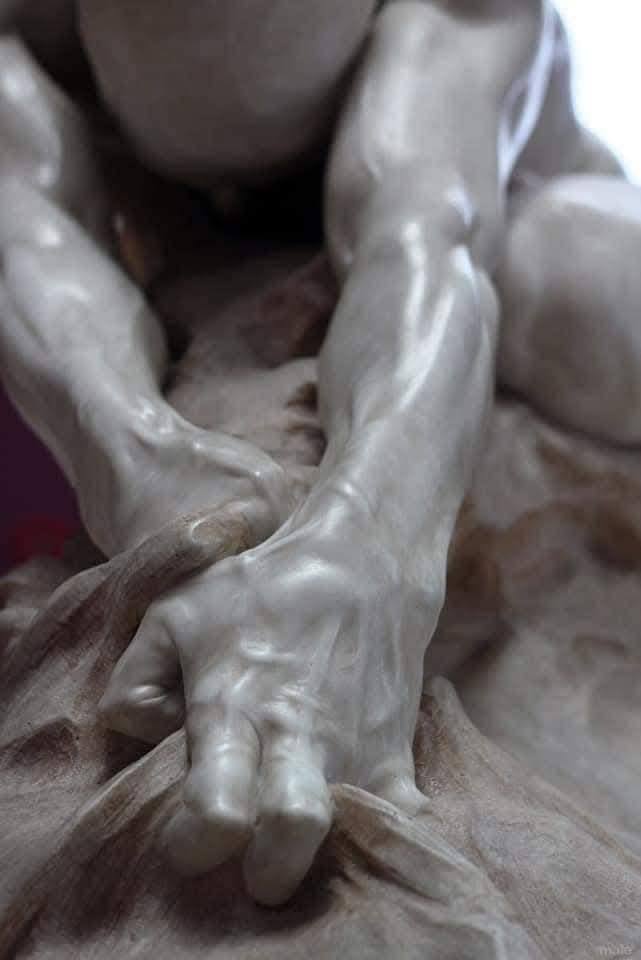You Won’t Believe These Sculptures Are Real – The Art That Defies Time!

Intro: The Art That Lives Forever
Sculpture is not just art; it’s a frozen moment, a solid emotion, a story that lives in stone, metal, or clay. Unlike paintings, sculptures don’t stay on a flat surface. They take up space. You walk around them. You feel them. Sometimes, you can even touch them. They’re bold. They’re brave. They’re timeless.
From ancient temples to modern city parks, sculpture continues to wow us. It makes us feel things words can’t explain. And guess what? You’ve been around sculptures more than you realize – in schools, museums, streets, and even malls. But do you know their secrets? Their stories?
Let’s take a journey into the world of sculpture. You’ll be amazed.

1. Sculptures Speak Without Saying a Word
You ever stood in front of a statue and just stared? Maybe a giant lion or a human face carved in stone? It’s almost like it’s talking to you without making a sound.
That’s the power of sculpture. Artists use shape, form, texture, and size to express feelings. Sadness, love, power, fear — all wrapped in a physical form. A great sculpture can make you stop in your tracks. It can make you feel goosebumps.
Some artists even say that a block of stone already has the figure inside it. The artist just “frees” it. That’s deep, right?
2. The Oldest Sculptures: Messages from the Past
Sculpture is one of the oldest art forms on Earth. Think back to the ancient Egyptians, Greeks, or Indians. Their temples and buildings were covered in statues. Gods, warriors, animals – all carved beautifully.
Ever heard of the Venus of Willendorf? It’s one of the oldest known sculptures, over 25,000 years old. Small, made of limestone, and showing the female form. Even back then, humans knew the value of shaping stories into stone.
In India, the temples of Khajuraho or Ellora are full of detailed sculptures showing gods, life, and even emotions. No words, just visuals.

3. The Materials Behind the Magic
What do artists use to make sculptures? Almost anything!
- Stone: Marble, limestone, granite – perfect for long-lasting art.
- Metal: Bronze and iron can be molded when hot and last for centuries.
- Wood: Great for indoor work. Looks warm and natural.
- Clay: Soft and easy to shape. Used in both big and small works.
- Modern materials: Artists today use glass, plastic, recycled junk—even food!
Each material gives the sculpture a different vibe. Marble feels classy. Wood feels earthy. Metal feels strong. Artists choose based on their message.
4. Famous Sculptures That Took Over the World
Let’s talk about some legends.
- Michelangelo’s David: This 17-foot-tall statue is made of marble and shows a young David before fighting Goliath. Every muscle, every vein is carved perfectly. People still travel from around the world to see it in Florence, Italy.
- The Thinker by Rodin: Ever seen a statue of a man sitting and thinking, hand on his chin? That’s Rodin’s work. Deep, powerful, and full of emotion.
- The Statue of Liberty: Yes, it’s a sculpture! A gift from France to the USA. It’s made of copper and stands over 300 feet tall. A symbol of freedom, made by sculptor Frédéric Auguste Bartholdi.
Sculptures are more than decorations. They are history, culture, and emotion rolled into one.

5. Sculpture in Everyday Life
Look around. You’ll see sculptures everywhere.
- In schools – busts of great leaders or founders.
- In parks – public art pieces or memorials.
- In temples – gods and goddesses in every corner.
- Even in malls – modern installations for photo ops.
These pieces silently add value to places. They remind us of something or make the space feel special.
Artists today also use sculpture for social messages – like climate change, war, or peace. Art is becoming more than beauty; it’s a voice.
6. The Process: From Idea to Reality
How does a sculpture come to life?
- Concept – The artist thinks about what they want to express.
- Sketching – They draw ideas on paper.
- Modeling – Using clay or wax to create a small version.
- Carving or Casting – Cutting stone or pouring metal.
- Finishing – Smoothing, painting, or polishing.
It can take days, months, or even years to complete a single piece. Some artists even say their hands bleed while working on large stones. That’s the level of passion.
7. Modern Sculptures: Breaking All the Rules
Sculpture has changed a lot. Now it’s not just about beauty — it’s about message and shock value.
You’ll see:
- Sculptures hanging in the air.
- Moving sculptures (called kinetic art).
- Pieces made from trash or old car parts.
- Giant installations that light up or make sound.
Artists like Anish Kapoor, Jeff Koons, and Subodh Gupta have made huge names by thinking outside the box. Art today is wild, weird, and wonderful.

8. Why Sculpture Still Matters
In a world full of screens and digital content, sculpture gives us something real to touch, walk around, and feel.
- It connects us to history.
- It teaches us patience and craft.
- It challenges us to think deeper.
Sculpture is not just for museums. It’s alive in your community, your school, and your city.
9. Want to Try It Yourself?
You don’t need fancy tools to start sculpting. Try:
- Clay modeling: Easy and fun for beginners.
- Soap carving: Use a plastic knife and bar soap.
- Recycled art: Use cans, bottles, or cardboard.
It’s a great way to express yourself. Who knows, you might discover a hidden talent!

10. Final Thoughts: Art That Stays Forever
Sculpture is a form of storytelling that never fades. Long after the artist is gone, the sculpture remains. Watching. Speaking. Inspiring.
Whether it’s a statue of a freedom fighter or a weird shape in a park, sculpture makes us stop and wonder. It makes us feel.
So next time you see a sculpture, take a moment. Look at the lines, the shape, the feeling behind it. There’s more there than meets the eye.
Because in the end, great sculptures don’t just stand — they speak.


